






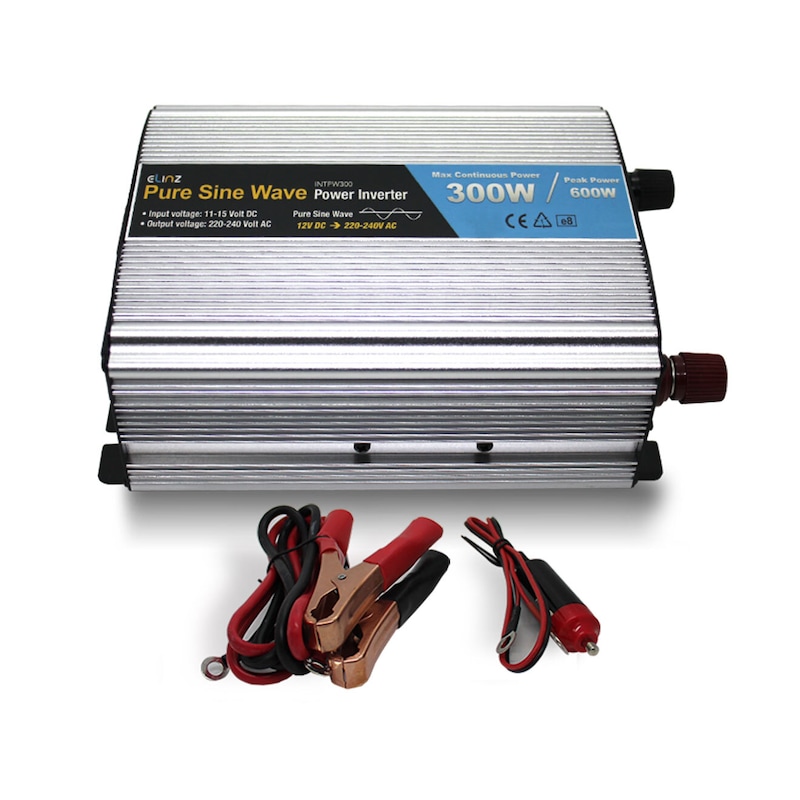
SKU: INTPW300

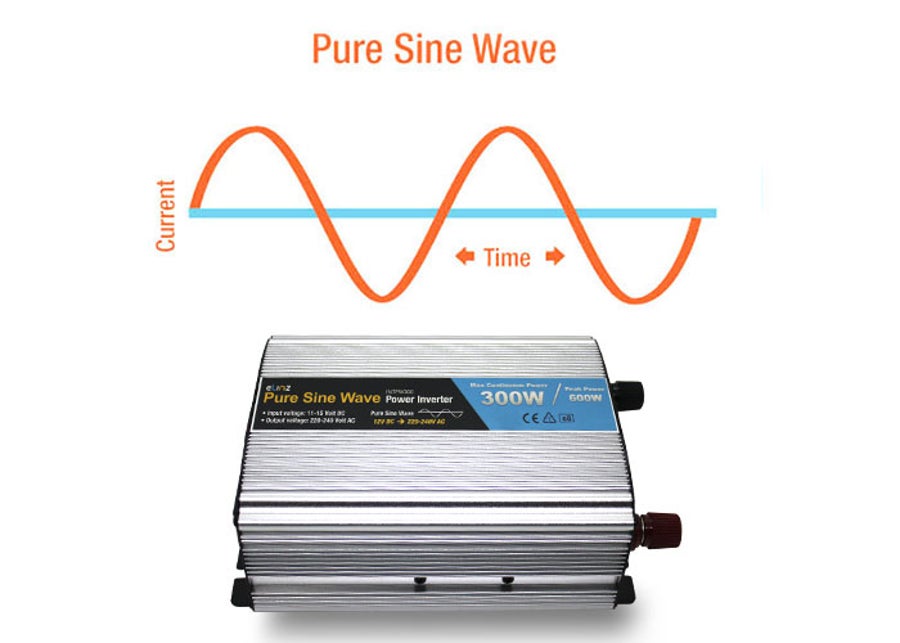
Pure Sine Wave Output Wave Form

Clean and Powerful AC Source
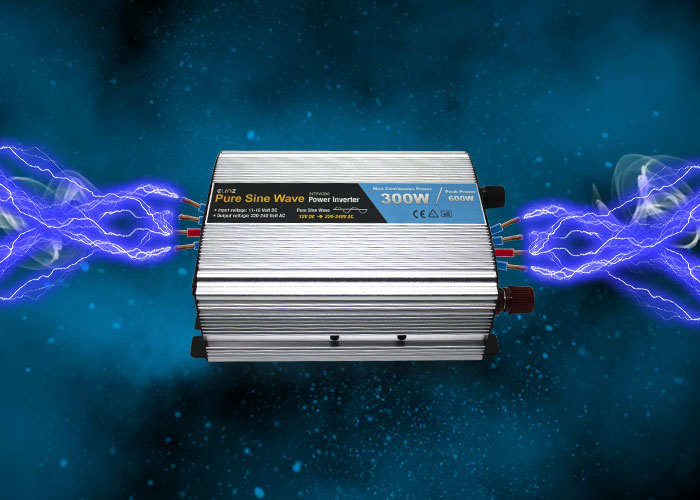
Maximum Continuous Power 300W & Peak Power 600W
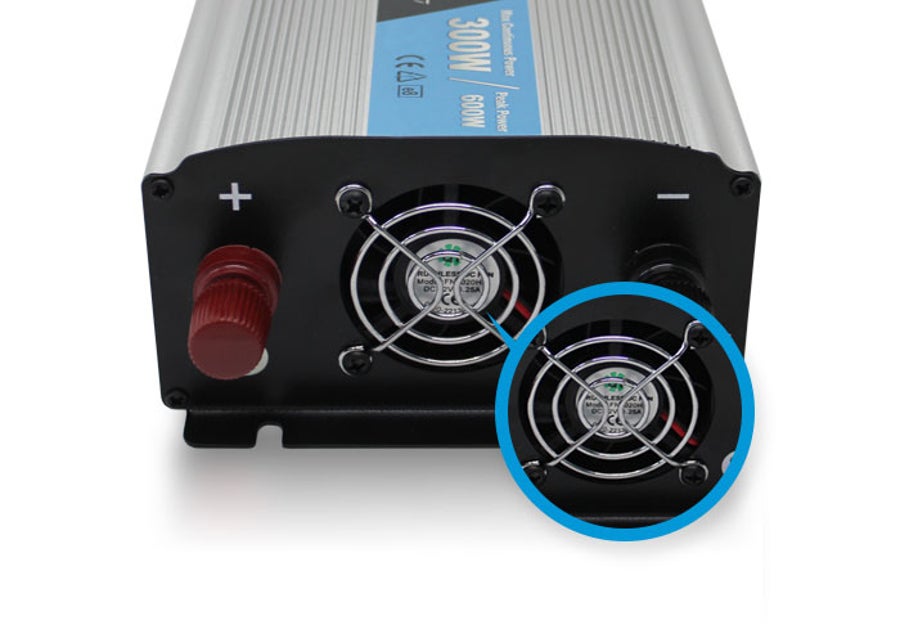
Highly Effecient Fans to Avoid Over Heating

>90% Efficiency

Easy to Connect
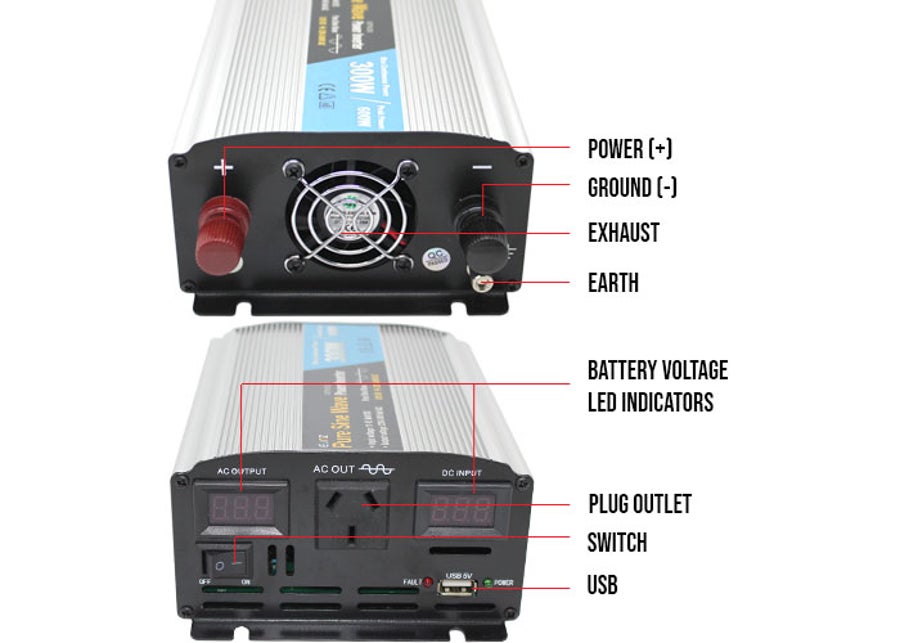
Labels
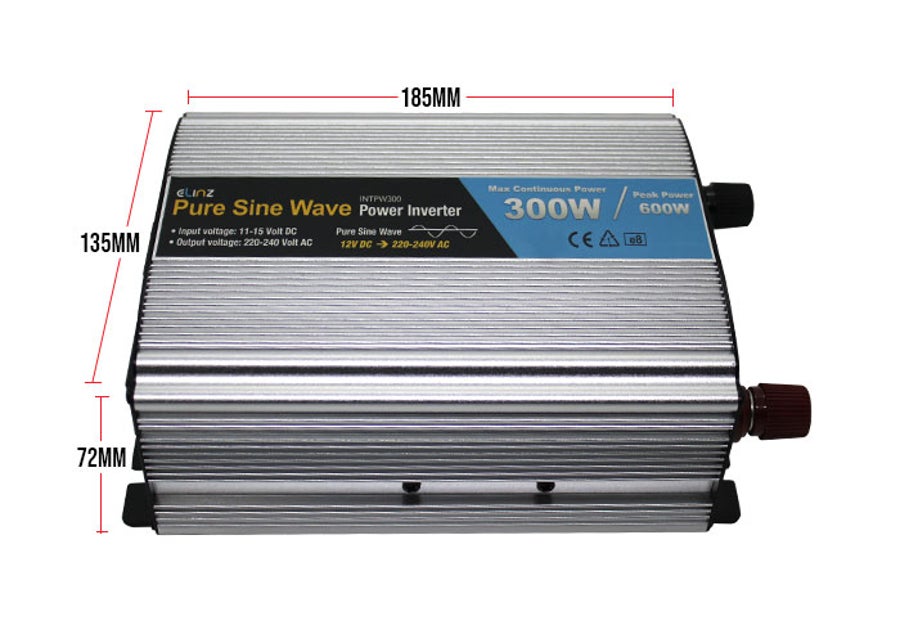
Dimensions

Product Views
MORE INFORMATION
Our Pure Sine Wave Power Inverter has passed all the necessary tests and has been approved by industry experts.
This Power Inverter is very convenient to use, you can connect in 2 ways: connect to car battery or connect using car charger.
If you are looking for a wide selection of Pure Sine wave Inverters from 12V – 240V Inverters to 24V – 240V Inverters, we got it here.
Why Choose Pure sine Wave?
It is often called "true" sine wave. It produces a smooth, flowing rhythm of AC electricity. This type of power output is more or less what you get in your home and it is what most household appliances are designed to run on. the consistent flow of electricity enables the PSW to provide better protection for the inner circuitry and microprocessor of electronic devices, thus, helping minimize the risk of your appliances overheating.
Guidelines in Choosing the Right Inverters
1. Power inverter Size
When choosing pure sine wave inverters, you need to make sure you are selecting an inverter that covers your appliance's Continuous Power Consumption and be sure to account its Peak Power Consumption. You'll find pure sine wave inverters range from 300W right up to 5000W depending on the load you need to power.
Continuous Power Consumption Power that appliance continuously uses to run the appliance. (Volts x Amps = Watts)
Peak Power Consumption: Startup power that appliance requires to turn on, also known as starting watts.
Most devices take a lot more energy to get started, and peak power consumption isn't always listed on the appliance's energy label or specifications tag.
Example:
Appliance: Appliance: Pedestal Fan
Power Consumption: 55W
Starting Power: 3 to 7 times
Pedestal Fan can use as much as 3x or even 4x their rated power when starting up. The inverter we recommended to run a 55 Watt Pedestal Fan is 300 Watt or larger.
Notes: Example above is just an estimate and actual wattage of products varies depending by appliance, brand and model etc.
Some appliances and tools with induction motors may require from 3 to 7 times the rated current upon power up. Be sure to check the specific wattage requirements and operating instructions for appliances first.
Other devices like power tool battery chargers may appear to have a relatively low Power Consumption, but have a very high "Peak Power" need. e.g. 100W charger may require a 700 Watt or even 1000 Watt inverter to cover the "Peak" current. It is a good idea to ask the manufacturer to verify the surge amp rating for the item you are trying to run.
How many watts does common home appliances use?
This table will help you estimate your needs. Be sure to check the product label for the actual wattage requirements, and remember that many tools and appliances have significantly higher peak surge requirements when they start up.

2. Match your Battery System
Dependifng on your battery system and application, you have to determine if you need a power inverter that will convert either 12V DC or 24V DC battery supply into 240 volts AC.
If you have 24V battery system you need to go for 24V inverter, a 12V inverter is designed for 12V battery system.
Can I run a 24V inverter on a single 12V battery?
No, you can't use a 24v inverter with a single 12V battery.
Can I use a 12v inverter with a 24v battery bank?
No, you should use a 24 volt inverter.
3. Size of the Battery
Battery size is one of the key components of an inverter system, the performance of an inverter largely depends upon the battery size. You need to make sure that your battery capacity is sufficient to provide the amount of power that your appliance(s) is pulling out through an inverter.
A small battery may not handle the power draw if you are using a large inverter. In this instance the battery will not be able to supply enough power to operate the equipment and the invertor will switch off.
Inverters draw power from the battery even without any load. E.g. A 1500W inverter may roughly draw around 1.5 Amp per hour even without any load applied so you need to consider power draw of the inverter itself too. Basically, the larger the battery the more amp hours you get.
Tips
Overload Protection Feature: The inverter automatically switches off if it overloads. This happens if you erroneously connected loads higher than the inverters rated power. To prevent this from happening we recommend you to look for an inverter with a power rating that is significantly higher than the appliances' combined power and surge power rating.
Low Voltage Input Protection Feature: The inverter automatically switches off or automatically cut off the inverter output. This happens when the battery voltage is lower than under-voltage point. Make sure your batteries are fully charged and in good condition.
High Voltage Input Protection Feature: The inverter automatically switches off or automatically cut off the inverter output. This happens when the battery voltage is higher than high-voltage point. Make sure your batteries are in good condition.
Short Circuit Protection Feature: The inverter will automatically cut off the output. Check whether the load is within the allowable range.
** If you need assistance in choosing the right inverters for your appliance feel free to enquire anytime
PRODUCT HIGHLIGHTS
ITEM DESCRIPTION
WHAT'S INCLUDED
1. 1x 300W Pure Sine Wave Inverter
2. 2x Alligator Clamps
3. Power Cable
4. 1x Cigarette Charger
5. User Manual

All products from Elinz carry a minimum 12 month warranty
Change of Mind Return Policy
Estimated Delivery Time Frame: 3-5